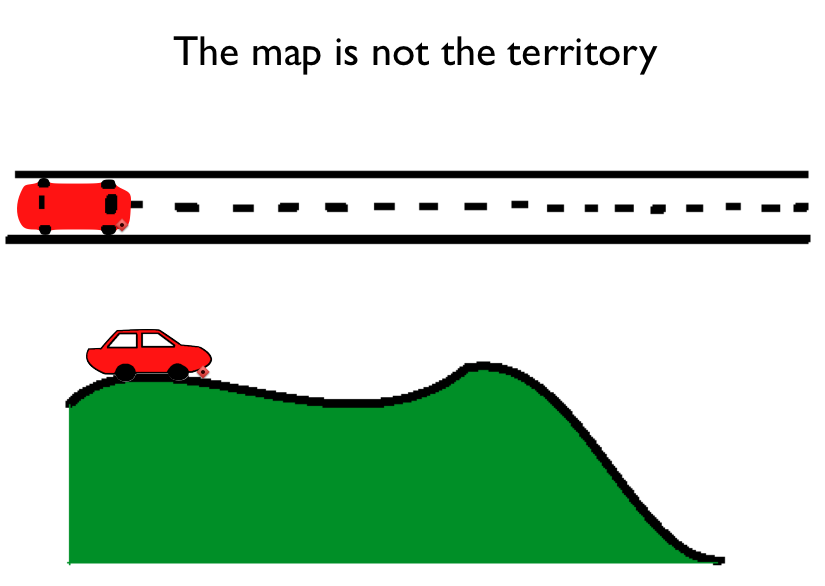Two ways to improve school performance
MySchool is the major source of information on "school performance" in Australia.The fastest, cheapest and easiest way to improve any school is to have more high-performing students with low needs, and fewer low-performing, high-needs students.
The professional alternative is to improve the school's teaching, curriculum, facilities,... in order to improve the performance and reduce the needs of existing students. This latter approach is much more expensive, slower and is limited by the potential and circumstances of the existing students, engagement of families, aspirations...
Why take the easy option?
It makes sense for the schools that can choose their students to take the first option because of its speed, economy (little or no cost), simplicity, and effectiveness.But there are additional reasons too.
- All schools want to be "good" schools
- School are under pressure to approve in MySchool (and similar) rankings
- Other schools are doing it
- It will be good for the students we select
- There is a long history of the practice
- It will enhance the school's "performance" and image
- The school will have fewer problems, challenges, and incidents
- The school will have a stronger focus on learning and achievement
- Existing students are likely to benefit
- Parents want their children to go to a "good" (successful) school
- Parents want their children to have "good" classmates
- Parents want to associate with the right class of parents
- Principals want to be able to attract and select the right class of staff
- Being a staff member at a "good" school can help one's career
- ...
Parents do it too !!
It is not unusual for parents to give grandma's address are the home address in order to overcome a zoning restriction that would prevent their child being enrolled in their preferred state school.
Similarly, parents may profess a religious belief that they don't hold in order to achieve enrolment for their child in their preferred non-state school. This probably works better as a two-player game where the school does not actually practice its claimed religious beliefs. For example, the school may not "Suffer the little children to come..." resulting in some other school having to suffer the children they have rejected.
Colateral damage
Unfortunately, this approach results in some collateral damage. Schools that use this approach are, in effect, increasing the demands and challenges faced by the schools that enrol the "ones they reject" (John West style).
At a system level, this means that advantage and disadvantage are being concentrated in different schools. This outcome can be easily explained away because the total number of schools means that there is an advantaged-disadvantaged spectrum of schools and disadvantage can be explained away by other contributing factors such as aspiration, poverty, levels of education in the community...
However, the collateral damage is not much of a problem for the school doing the rejecting because it tends to occur at times of transition; the rejected students are dispersed across numerous schools, and families who are rejected are unlikely to make an issue of it so that avoid any associated embarrassment.
(sadly) "We think your son would be much better off at school X. It has a wonderful record of dealing with needs like his".
Gaming the system
Gaming occurs when one party uses what is permitted in a system to achieve an unfair advantage over others, or at a cost to others, in the system.
Some schools are permitted to select their students. Other schools are not permitted or not able.
A school that use their ability to select students to avoid the responsibility and cost of educating a student and thus pass it on to another are gaming the system. This is especially true when the strategy enhances the image of the rejecting school and makes it more difficult for the receiving school to gain recognition for what it achieves.
This phenomenon is the major contributing factor to Australia's Two Speed School System. The fact it is widely entrenched in all sectors of the school system will make it very difficult address. Failure to do so is likely to further increase the cost of schooling and the continual decline of student outcomes.



